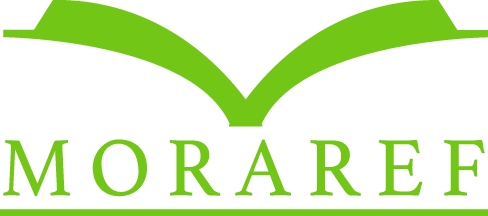Treatment of Gender in The Knight’s Tale, Pararaton, and Arok of Java
DOI:
https://doi.org/10.21776/ub.alphabet.2022.05.02.01Keywords:
gender, patriarchy, the Subject, the Other, agency, gazeAbstract
This article compares the representations of gender dynamics in a medieval English tale, Geoffrey Chaucer’s The Knight’s Tale, an Indonesian translation of Paraton, a medieval Javanese text, and its twenty-first century Indonesian adaptation, Pramoedya Ananta Toer’s Arok Dedes, which is translated in English as Arok of Java: A Novel of Early Indonesia. The feminist reading of the three texts aims to analyze the treatment of gender in patriarchal society in medieval and modern eras, both in Western and Eastern culture, to show the social constancy and variety of patriarchy that positions women as the Other. The two medieval literary works share similar assigned gender roles that position women in a more passive and submissive stand amidst political upheaval and power struggles. Arok of Java challenges such representation and gives more agency to the female characters. However, those three literary works show how patriarchy lingers across space and time that makes female agency and women’s power almost possible, albeit hard to maintain.References
Beauvoir, S. d. (1972). The Second Sex (Translated by H. M. Parshley). London: Penguin.
Chaucer, G. (2008). The Riverside Chaucer. 3rd Ed. Oxford: Oxford University Press.
Crocker, H. A. (2019). W(h)ither Feminism? Gender, Subjectivity, and Chaucer’s Knight’s Tale. The Chaucer Review, 54(3), 352–370.
Dodd, W. G. (1913). Courtly Love in Chaucer and Gower. Boston & London: Ginn and Company.
Hardjowardojo, R.P. (1965). Pararaton. Jakarta: Bathara.
Lienau, A. D. (2012). The ideal of casteless language in Pramoedya’s Arok Dedes. Comparative Studies of South Asia, Africa, and the Middle East, 32(3), 591–603.
Magnani, R., & McAvoy, L. H. (2020). What is a woman? Enclosure and female piety in Chaucer’s The Knight’s Tale. Studies in the Age of Chaucer: The Yearbook of the New Chaucer Society, 42, 311–324.
Millett, K. (2016). Sexual Politics. New York: Columbia University Press.
Murphy, M. (n.d.). The Knight, His Portrait, and His Tale. Retrieved from http://academic.brooklyn.cuny.edu/webcore/murphy/canterbury/3knight.pdf
Powell, T. E, (1994). “The ‘three orders’ of society in Anglo-Saxon England.†Anglo-Saxon England. 23, 103-132.
Spearing, A.C. (1999). Chivalry, Knighthood, and War in the Middle Ages. University of the South Press.
Stretter, R. (2003). Rewriting perfect friendship in Chaucer’s “Knight’s Tale†and Lydgate’s “Fabula Duorum Mercatorum.†The Chaucer Review, 37(3), 234–252.
Toer, P. A. (2007). Arok of Java: A Novel of Early Indonesia.. Trans. Max Lane. Traverse City: Horizon Books.
Toer, P. A., & Bardsley, A. G. (1996). My Apologies, in the name of experience. Indonesia, 61, 1–14.




















